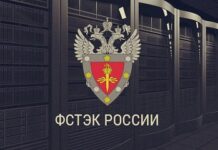This paper is part of a series called: NATO in a New Era: Global Shifts, Global Challenges. The full series is available, here.
Malicious cyber activity has increased substantially over the past years, ranging from ransomware and espionage to politically motivated cyberattacks and sophisticated malware used in the war in Ukraine. NATO allies must remain on high alert.
The changed nature of military conflict changes the defensive mission of NATO, which faces capable opponents in cyberspace and raises the question of how to create accountability when a hostile state fails to observe globally agreed norms.
The set of action for NATO for the next five years evolves around how to impose costs and how to deny benefits against malicious actors in cyberspace.
Introduction
What the war in Ukraine says about cyber power is yet not entirely cleared from the fog of war. Many aspects remain uncertain, but given the unpredictability of the Putin regime, the risk of an escalation in hostile cyber exchanges between Russia and NATO states remains high. What is clear is that, as of February 24, 2022, we live in a different world in which the European and global security orders have…































